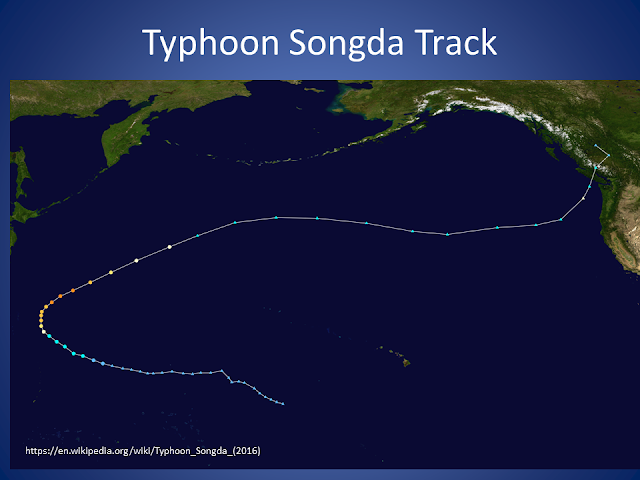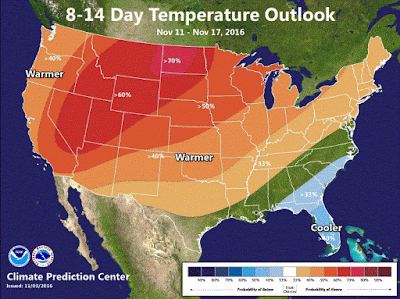 |
| 00z/Dec 7th GFS model forecast for 500mb heights and 700-500mb Relative Humidity 21z THU (1 PM PST THU) |
How about Friday?
 |
| 00z/Dec 7th GFS model forecast for 500mb heights and 700-500mb Relative Humidity 21z FRI (1 PM PST FRI) |
The low moves closer to the region with lots of moisture streaming over cold air still in place.
And Saturday?
 |
| 00z/Dec 7th GFS model forecast for 500mb heights and 700-500mb Relative Humidity 18z SAT (10 AM PST SAT) |
 |
| 00z/Dec 7th GFS model forecast for 500mb heights and 700-500mb Relative Humidity 18z SUN (10 AM PST SUN) |
So why the prolonged period of active weather? We are in the battleground area between the Polar Jet stream coming around a strong blocking ridge of high pressure over Alaska, and a Pacific Jet Stream. Where the two meet equals snowy weather. Here is one GFS model run for Sunday illustrating this complex pattern.
Would you like proof of the frigid air to our north? Well here you go!
 |
| 18Z GFS/Dec 6th forecast of 850mb temperatures and heights valid 18z SUN (10 AM PST SUN) |
Given this complex pattern, just small variations in the jet stream can lead to big shifts in where the heaviest snow falls. To help with this, we can look at the ensembles where each member makes a prediction. In this case, we will look at the snow forecast for Spokane.
 |
| GEFS Snow accumulation forecast for Spokane WA through 4 PM Sunday. |
As you can see, all solutions show snow beginning to accumulate late Thursday afternoon or evening, and show snow persisting at times at varying intensities through the weekend. By4 PM Sunday, most solutions show anywhere from 6 to 10 inches. However again given the complexity of this situation I wouldn't be surprised to see this range come down or up slightly. Also this doesn't take into account compaction which can lead to a snow depth (snow on ground) not as high compared to the total snowfall.
Here is one model solution showing geographically the potential amounts of precipitation through the weekend.
 |
| 00z GFS/Dec7th forecast of total qpf through 00z Monday (4 PM Sunday) |
So, how long will this pattern last you ask? Good question. The latest CFS Model shows December as a whole finishing colder and wetter than normal, take a look.
This active winter pattern should last into next week and possibly beyond. Low confidence of the details so stay tuned!

















































